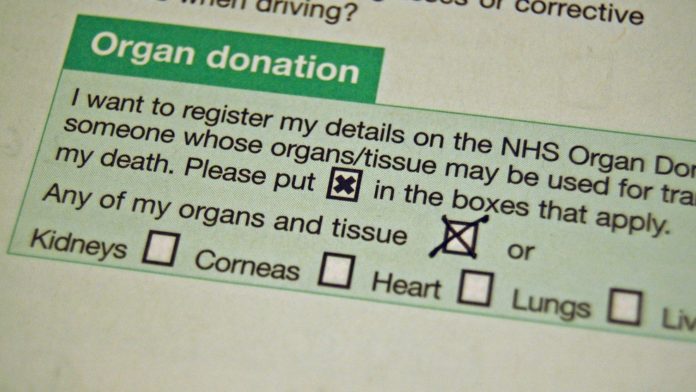Organ donations in Ontario rose by 57% over a decade, according to a new study published by University of Toronto and University of Ottawa researchers in the Canadian Medical Association Journal.
The catalyst for growth was a 2006 policy shift that expanded the criteria for organ donations to include when circulatory functions cease, known as circulatory determination of death (DCD). Even if a heart stops beating, other major organs in the circulatory system such as the pancreas, kidneys, and lungs can still be salvaged if action is taken quickly.
Prior to 2006, donations were only allowed after brain death, or neurologic determination of death (NDD), but the number of donations was insufficient.
Organ donor waiting lists for kidneys, lungs, livers, and hearts are often backlogged to such an extent that those in need die while on the waiting list. Demand is only one side of the coin, however; compatibility issues related to blood type, while not final, can complicate the donation process.
Expanding the criteria for the Gift of Life
Researchers compared data from three time periods to gain insight into trends related to the policy shift: a “pre-DCD” period between 2002 and 2006, “early DCD” from 2006 to 2010, and “recent DCD” from 2010 to 2014. The team found a 57% increase in donations between the pre-DCD period and the recent-DCD period (578 versus 905 total for each period, respectively).
NDD donations still comprise the majority in Ontario, but DCD donations now account for approximately one third.
Physicians previously expressed concern over the quality of DCD organs given the deprivation of oxygen that they endure before extraction and preservation.
Perceptions have changed, however. Research has demonstrated that organs are tougher than we thought – particularly kidneys, pancreases and lungs. Physicians have a bigger window of time to extract these organs and transplant them to patients in need.
Kidneys remain fresh the longest – up to 24 hours depending on certain variables. They also happen to be the most in-demand organ, largely attributable to diseases like diabetes.
Surgical techniques for extracting DCD organs have also improved over the last two decades, making the operation an increasingly viable alternative to NDD.
“Donation after circulatory determination of death has had a positive effect in Ontario in terms of both overall number of donors and transplant activity,” according to the authors. “Donation after NDD does not appear to have been adversely affected. Although there are disparities among organ groups, we foresee that an active DCD program will continue to have a positive effect for all solid-organ transplant recipients.”
“The most important development in efforts to expand the donor pool has involved donation after [DCD],” says lead author Dr. Vivek Rao.
Canada is still lagging internationally with donations
At 18 donors per million people, Canada ranks in the bottom third of developed countries for donors (Spain ranks No. 1 with 36 per million). Only 20% of Canadians are registered with their province’s organ and tissue registry, according to a CBC report.
Substantial variation exists between provincial organ donation rates. Dr Sam Shemie of Montreal Children’s Hospital commented that this can be explained by the variable degree of DCD implementation from province to province.
For Ontario, the good news keeps rolling. 2017 saw a 30% increase in organ donations from the deceased.
For more information on provincial donation and transplant rates, see the reports published by the Canadian Institute for Health Information.
If you are interested in donating organs or tissue and based in Ontario, get in contact with the Trillium Gift of Life Network. Taking two minutes to sign up could mean the difference between life and death for someone in need.








































